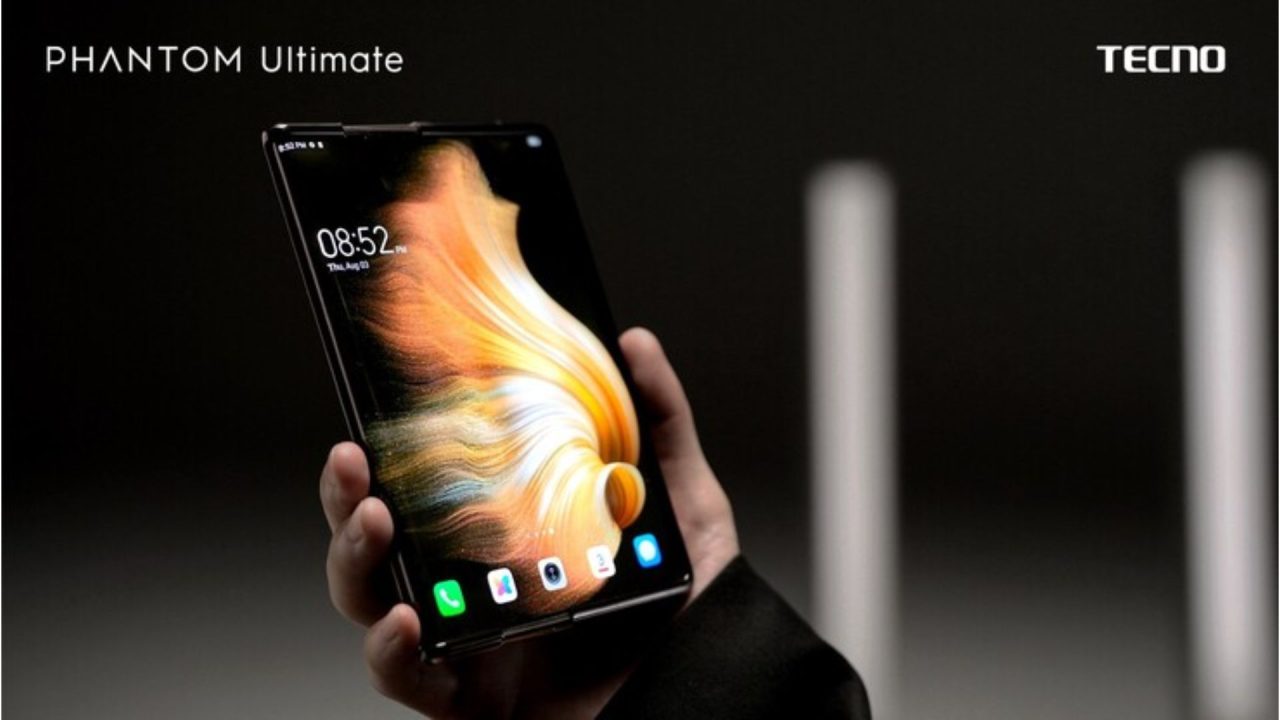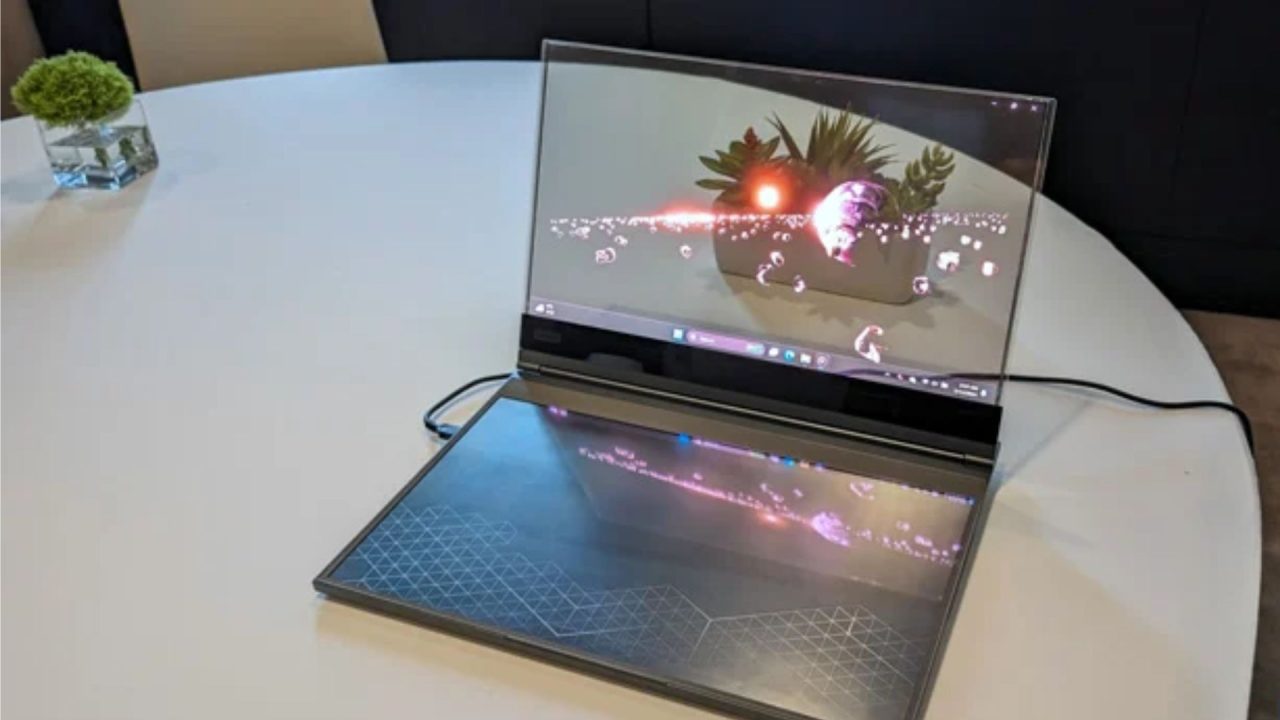Transparent screens, smartphones that coil around your wrist, and expandable displays—these are all innovative technologies showcased by gadget manufacturers this week, aiming to distinguish themselves in a fiercely competitive hardware market.
At the Mobile World Congress in Barcelona, the world’s largest mobile trade show, major companies unveiled groundbreaking screen technologies. While electronics firms have continuously enhanced certain aspects of devices like battery life and cameras, recent years have witnessed a significant shift towards innovations in displays, particularly with the emergence of foldable phones.
Screens have emerged as a pivotal focus, given the burgeoning array of content and applications on our devices. Many of the displays showcased at MWC have been introduced by companies seeking to generate excitement around their products and compete with industry giants such as Apple and Samsung.
“The overwhelming dominance of Apple and Samsung in connected devices means that other companies are compelled to explore unique avenues to distinguish their products and capture consumers’ attention,” remarked Ben Wood, chief analyst at CCS Insight, speaking to CNBC.
“As a result, we are witnessing an abundance of unconventional and imaginative designs such as wrist-worn phones, rollable screens, virtual 3D displays, and more.”
Here’s a glimpse of some of the cutting-edge screen technologies exhibited at MWC:
Tecno expandable phone
Tecno, a brand under the umbrella of Chinese firm Transsion that is now one of the biggest smartphone players in the world, displayed a handset featuring an expandable screen.

Upon pressing a button located on the top of the device, the screen enlarges sideways.
Named the Tecno Phantom Ultimate, this device is currently in the conceptual stage, with no indication yet of its potential availability for sale.
Lenovo see-through laptop
China’s Lenovo presented a prototype of a laptop equipped with a see-through display.

As the world’s largest PC maker, the company showcased how an object positioned behind the screen could be detected by the device’s cameras, with information about the object then being displayed on the screen.
ZTE’s 3D tablet without glasses
ZTE exhibited a second-generation tablet capable of projecting three-dimensional images. Traditionally, viewing 3D images has necessitated the use of specialized glasses, similar to those required for 3D movies in theaters.

However, this screen renders 3D images without the need for glasses.
Following CNBC’s encounter with the device, the quality of the 3D image varied depending on the viewing angle of the screen.


